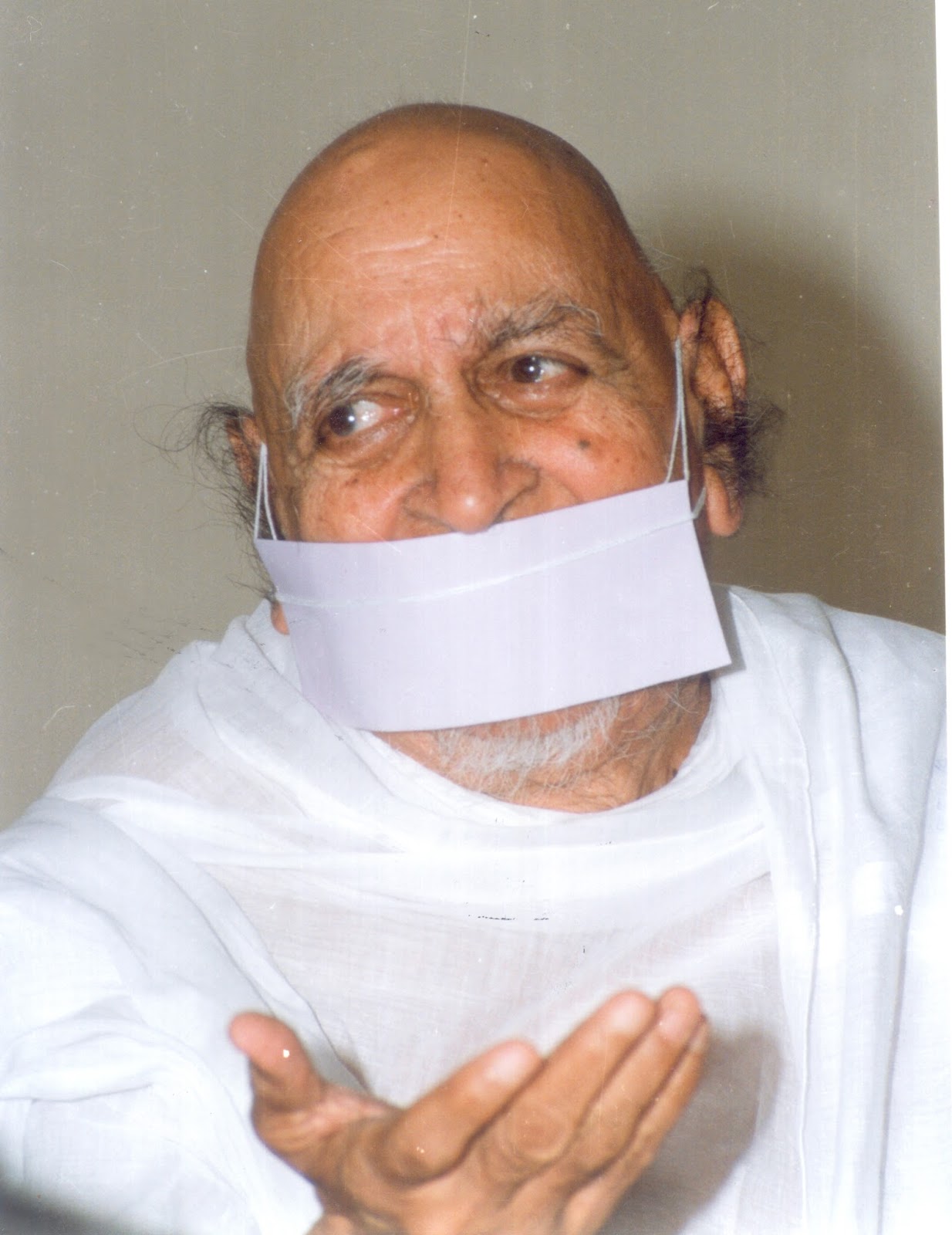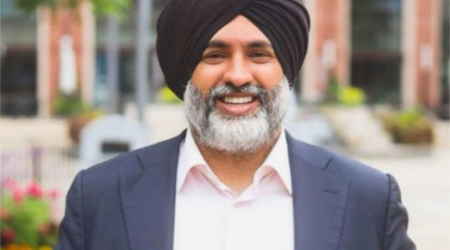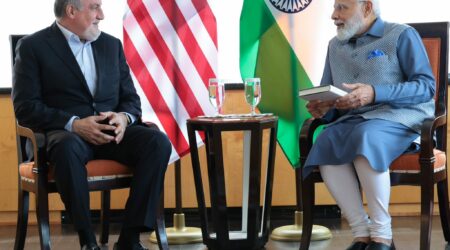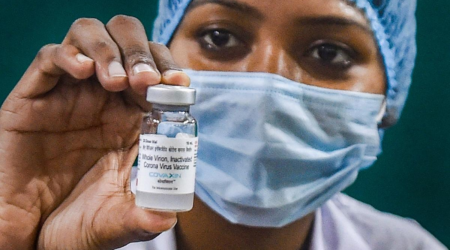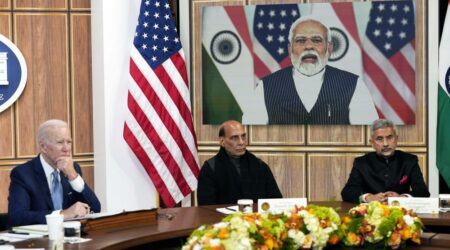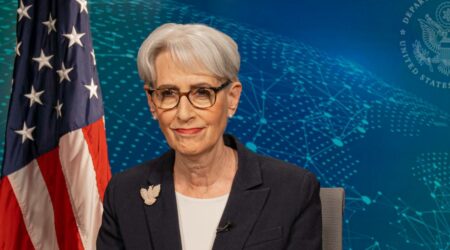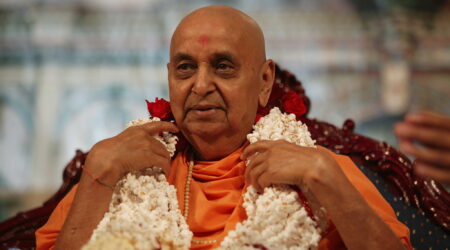By John Di Leonardo
Friday, April 22nd, was Earth Day—an annual event that teaches and reminds the public of the importance of protecting the environment, restoring damaged ecosystems, and living a more sustainable life. Community groups participate by organizing clean-ups. Municipalities participate by banning some single-use plastics, such as straws or plastic bags. Plastic manufacturers participate by reminding people to recycle. However, when Earth Day is over, have any of these efforts truly made a dent in the plastic waste problem? To help, we must get to the source: our attachment to convenience and animal exploitation in the first place.
As a wildlife rehabilitator, I’ve rescued gulls bogged down and drowning by plastic bags filled with water, ducks starving and suffocating with plastic rings tightly wrapped around their beaks, and geese suffering from fishing line cutting into their flesh. As president of Long Island’s leading animal advocacy organization—Long Island Orchestrating for Nature (LION)—I’ve lobbied for straw bans and organized park cleanups. And as a former sanitation worker, I’ve collected more plastic than most people will use in a lifetime.
The more I’ve learned about plastic waste, and how most of even what ends up in the recycling bin is burned or buried, the more I’ve vowed to shed my attachment to convenience and pursue a zero-waste mindset. For me, this Anuvrat has manifested itself in replacing paper towels with reusable cotton towels, toilet paper with a bidet, plastic water bottles with a metal reusable one, and even single-use plastic cotton swabs with reusable ones made from recycled ocean plastics. While abstaining from single-use plastics is important, the most important thing I’ve ever done to cut down on plastic waste is pledge to no longer eat animals, including sea animals.
In the Pacific Ocean off the West Coast of the U.S., a floating patch of garbage twice the size of Texas and three times the size of France is floating and growing. As noted by The Guardian, “Plastic only came into mass consumer use in the 1950s, but in the Pacific Garbage Patch it is already thought to be more common than plankton.” Scientists estimate that 46 percent of its mass comes from fishing nets while other types of fishing gear account for much of the remaining weight. Less than 1% is made up of single-use plastics like straws and bags. So while bringing a cloth shopping bag to the grocery store or a reusable straw to dinner are good choices, you’re doing far more damage than good if that shopping bag or dinner contains fish or other so-called “seafood.”
All fishing—even catch and release fishing—is cruel and deadly to the fishes who experience intense pain, shock, and suffocation when hooked and removed from the water, however, today’s commercial fishers use enormous nets, sometimes miles long, to stretch across the ocean, swallowing up turtles, sea birds, dolphins, and more. Known as “by-catch”, these non-target animals make up 40% of all animals caught and killed by the global fishing industry while trawling nets further devastate delicate ecosystems already suffering from climate change.
With vegan fish filets by plant-based food manufacturer Gardein available in local grocery stores and oyster mushroom calamari and vegan crab cakes available at chain restaurants like Long Island’s “3 Brothers,” it has never been easier to leave sea animals alone. Please join me by helping to stop plastic pollution and save the lives of fishes, swans, and dolphins by making a small vow Anuvrat to never eat sea animals and to eliminate plastic as much as is practicable in your daily life. For help making the transition, contact me at humanelongisland.org.
People Also Ask… ….
Is Jainism the most peaceful religion?
Jainism, one of the three major religions of early India, has been continuously practiced since around the middle of the first millennium BC. Jainism has long been respected as the world’s most peace-loving religion because of its strict doctrine of non-violence (ahimsa).



